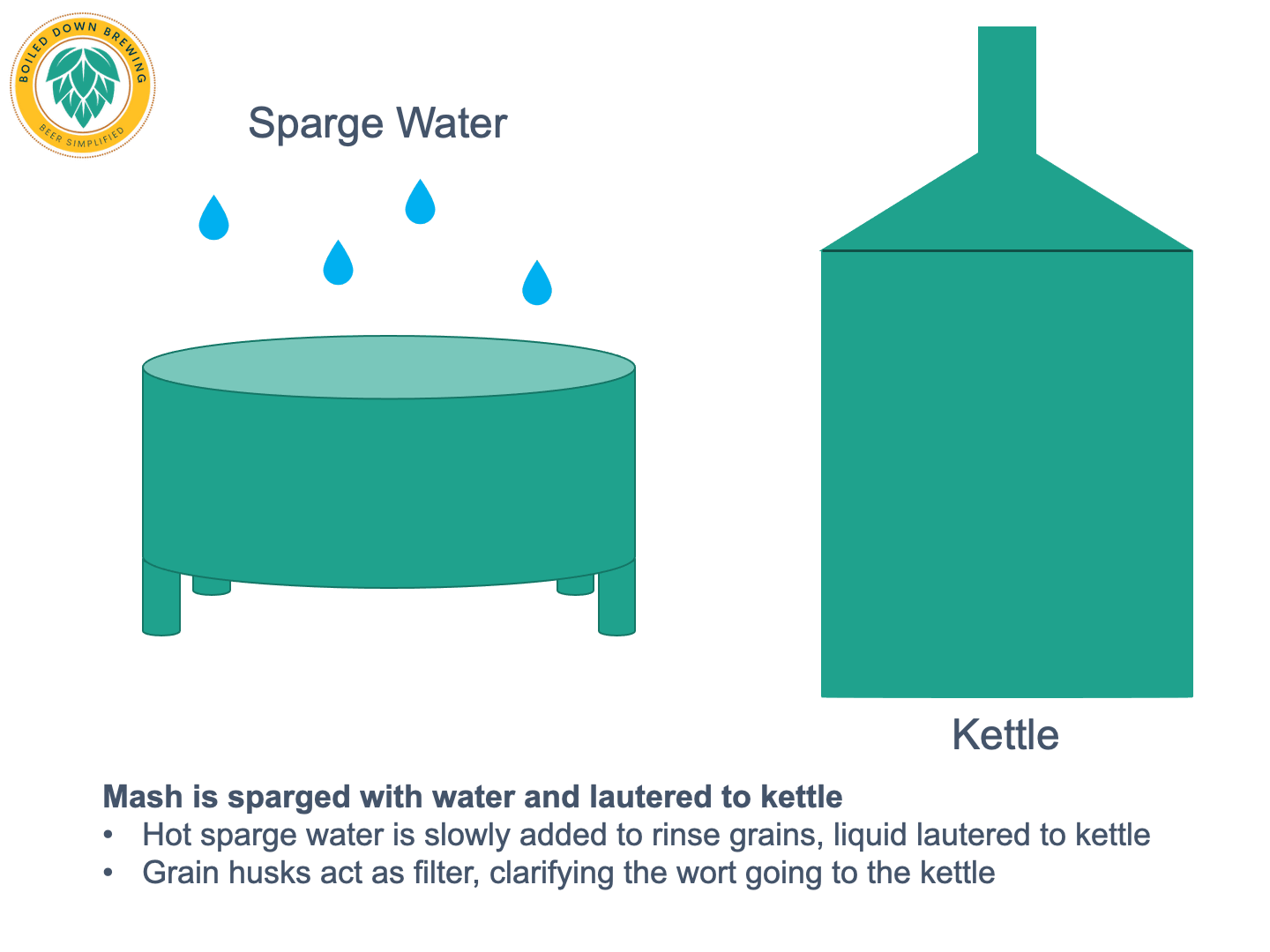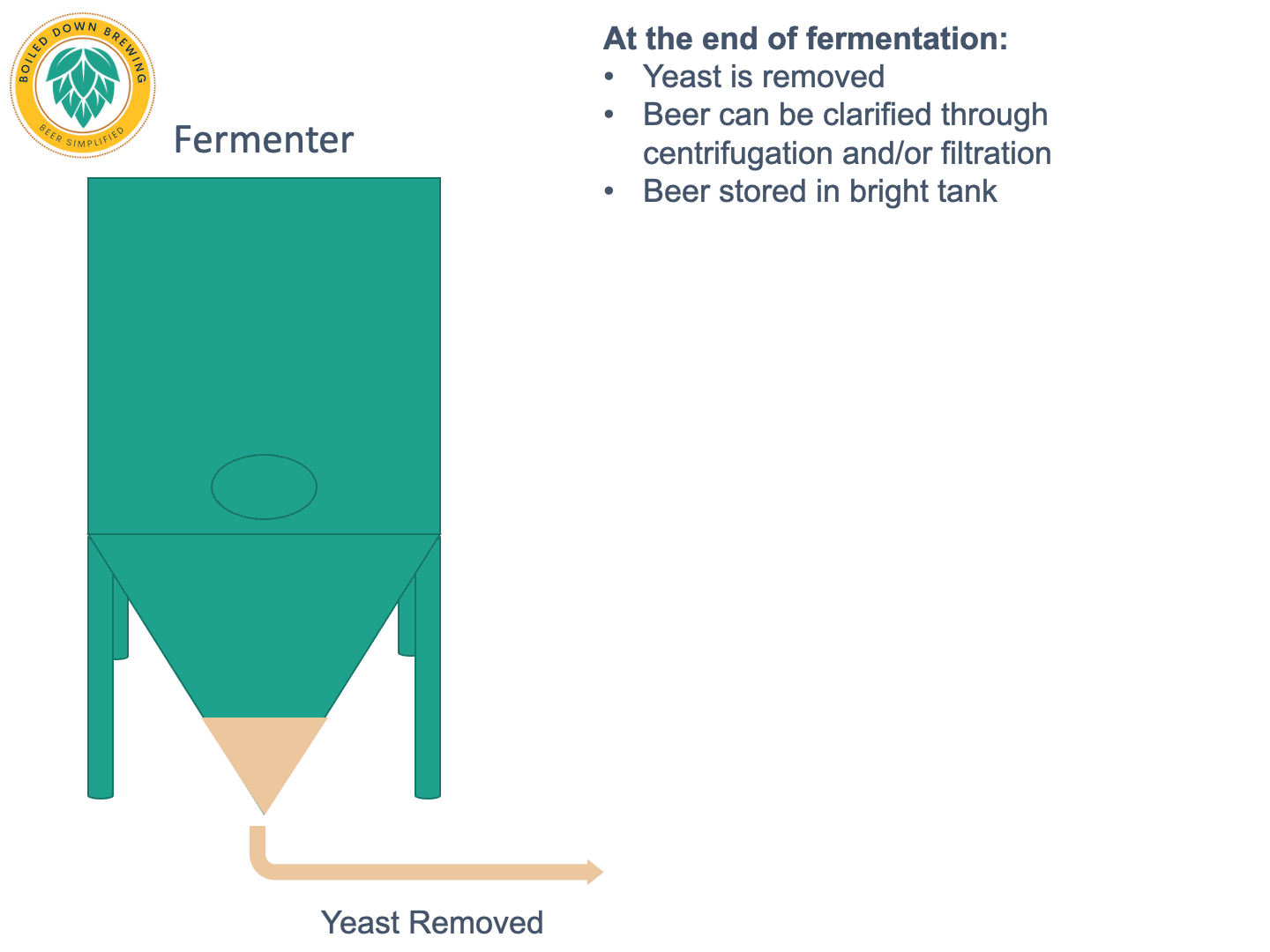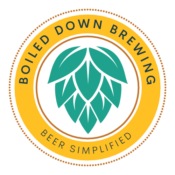Simplified Brewing Process
While the process of making beer differs from brewery to brewery, the primary unit operations of most breweries are similar. Below is a simplified overview of the typical steps in a brewery to turn raw materials into beer.
Grain Milling

For most beers, malted barley is the core starch-providing ingredient in the brewing process. However, some beers also contain substantial portions of malted wheat, rice, corn, or other starch-containing ingredients. Maltsters produce a wide range of malted barley products that vary in color, composition, and, ultimately, the properties they will impart to a beer. Brewers select what malted barley products to use based on the target properties of the final beer. You can learn more about brewing malts on the market from Weyermann or Breiss, both major malt suppliers to breweries.
To prepare the malted barley for brewing, the brewer must first crack the malt open to release the malt’s starch, enzymes, and other components into the mash. Brewers want to break the grain open while leaving the husk mostly intact, as the husk acts as a filtering bed for separating the liquid from the solids at the end of the mash in a process called lautering. Brewers pass the grain through a mill that uses rollers to crush the malt.
Once cracked open and prepared for the mash, the malt is now called grist.
Mashing

Brewers mix the grist with hot water (called hot liquor in a brewery) to primarily convert the starches from the malt into sugars by using amylase enzymes present in the malt. Brewers carefully control the temperature and time in the mash to utilize the amylases to produce the desired sugar profile for the beer type they are brewing.
At the end of the enzymatic conversion of starch to sugars, brewers will raise the temperature of the mash to deactivate the enzymes and reduce the viscosity of the mash to transfer it to the kettle through lautering.
Lautering

After the mash, brewers separate the liquid from the solids in the mash and transfer the liquid to the kettle. Brewers use the husks of the grain in the mash as a filter bed to clarify the liquid when transferring it to the kettle in a process called lautering.
The grains are rinsed while lautering through a process called sparging. Hot water is added to the top of the grain bed, which flows through the grain bed, collecting the sugar extract on the way to the kettle. Brewers continue this process until they reach the desired volume and sugar concentration in the kettle, then move to the boil.
Boiling

The boil provides a variety of functions for the brewer:
1.) Hops added in the boil contain alpha acids that are converted to iso-alpha acids under boil conditions, creating bitterness in the beer.
2.) The boil sterilizes the wort (the liquid solution brewers create in the brewhouse) for fermentation.
3.) Some proteins and polyphenols coagulate together and can be separated before fermentation.
4.) DMS, a volatile sulfur compound that can be an off-flavor in beer, is driven out of the beer.
Hops are added to the boil at different times, creating different results in the finished beer. For example, hops added early in the boil add mostly bitterness as the boil drives off their essential oils. However, hops may be added at the end of the boil to preserve the hop oils, which impart aroma to the beer. To learn more about hops you can read this page on hop basics.
Wort Cooling

After the boil has ended, the kettle’s contents are whirlpooled, separating the solids (hot break, hop debris) to the center and bottom of the kettle so the wort can be separated and pumped to a fermenter for fermentation.
At the end of the whirlpool, the wort is hotter than the desired fermentation temperature, so it is cooled in a heat exchanger to near the fermentation temperature. Oxygen is added to the cooled wort for use by the yeast during their growth phase in the fermenter.
Fermentation

During fermentation, yeast transform fermentable sugars into ethanol (alcohol), carbon dioxide, and a range of other compounds that impact the flavor and aroma of beer. Beer can be broadly divided into ales and lagers, which are determined by the type of yeast used for their fermentation.
Ales ferment more quickly and at a higher temperature than lagers. Ale yeasts also produce more esters, giving ales a fruitier characteristic than lagers. Conversely, lagers ferment at a lower temperature and take longer to ferment and condition than ales. To learn more about yeast you can read this page on yeast basics.
Clarification, Carbonation, Packaging

After fermentation and conditioning, beer can be clarified through centrifugation, filtering, or a combination of the two, although not all beer styles are filtered. Once clarified, the beer is transferred to a bright beer tank and carbonated. Depending on the process, the beer can be carbonated in-line on the way to the bright beer tank or in the bright beer tank itself. At this stage, the beer is finished and ready to be packaged.
The most common beer packaging types are kegs, bottles, and cans.
